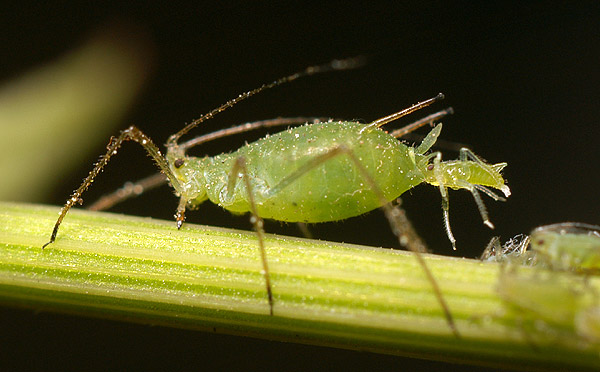
Warm conditions mean that aphids may still be multiplying and moving within many autumn-sown crops, particularly in areas with less extreme rainfall.
The risk of virus spread (BYDV and TuYV) for January is unusually high.
Monitoring at risk crops is still advised until winter conditions take hold, which latest forecasts suggest could be as early as next week.
Read the latest AHDB Aphid News
Met Office data
Met Office figures suggest last month was the wettest December on record.
The UK mean temperature for December was a record-breaking at 7.9°C, which is 4.1°C above the long-term average. The previous record was 6.9°C in 1934.
Temperatures for December 2015 were closer to those normally experienced during April or May. Along with the remarkable warmth, there has been a virtual complete lack of air frost across much of England.
Aphid movements
The exceptionally mild weather has led to further late aphid flight activity in south west and south east England, particularly during the week 14-20 December but less so 21 December to 3 January.
It has been very wet through most of December and it is possible that this will have restricted aphid movement within crops. However, in the less extreme wet areas, aphids will still be multiplying and moving within many autumn-sown crops, so the risk of virus spread (BYDV and TuYV) is still high.
Two field reports of wingless aphids thriving on winter cereals, one of bird cherry–oat aphid in Hertfordshire and one of rose-grain aphid in Somerset, have also been received by the authors of AHDB Aphid News at Rothamsted Research.
